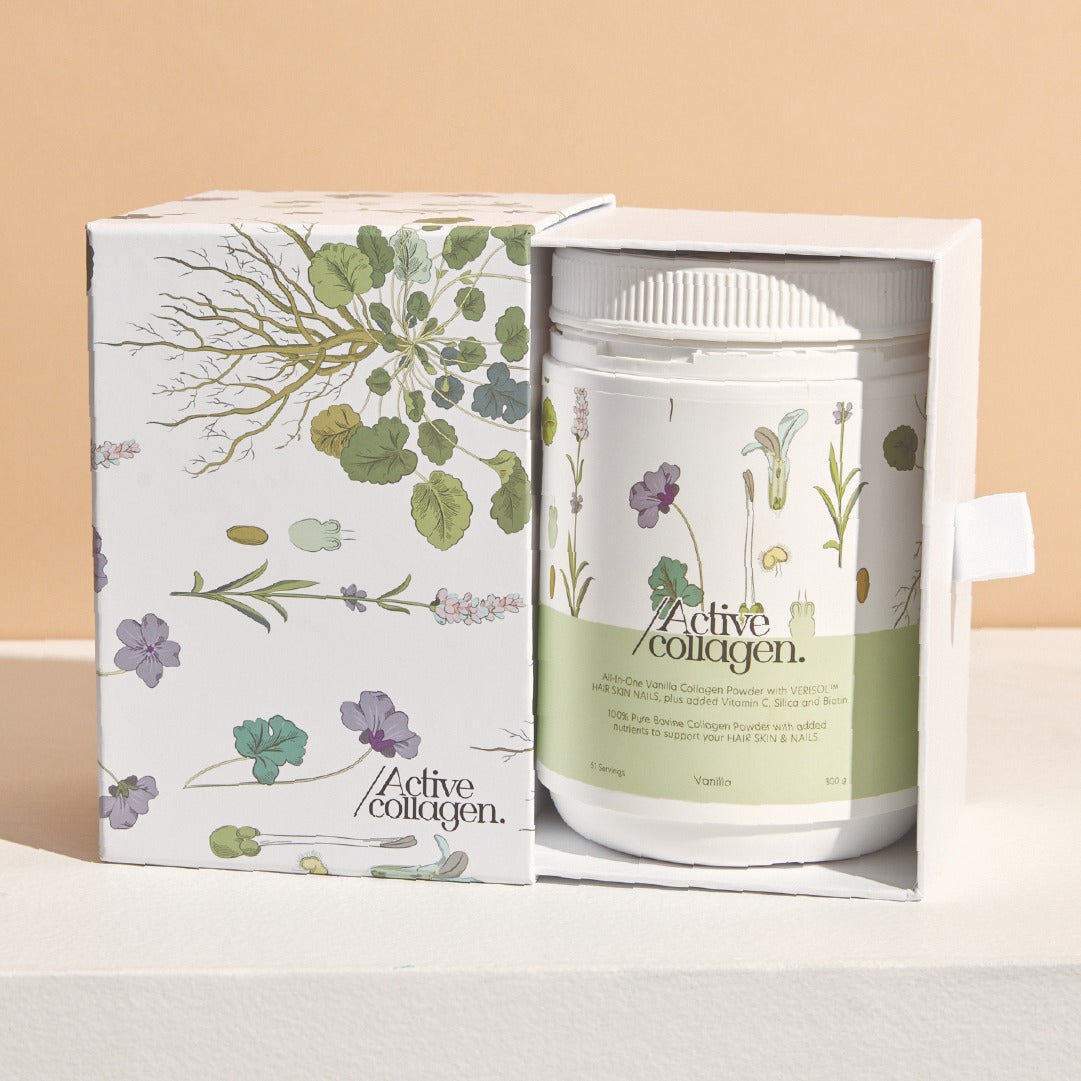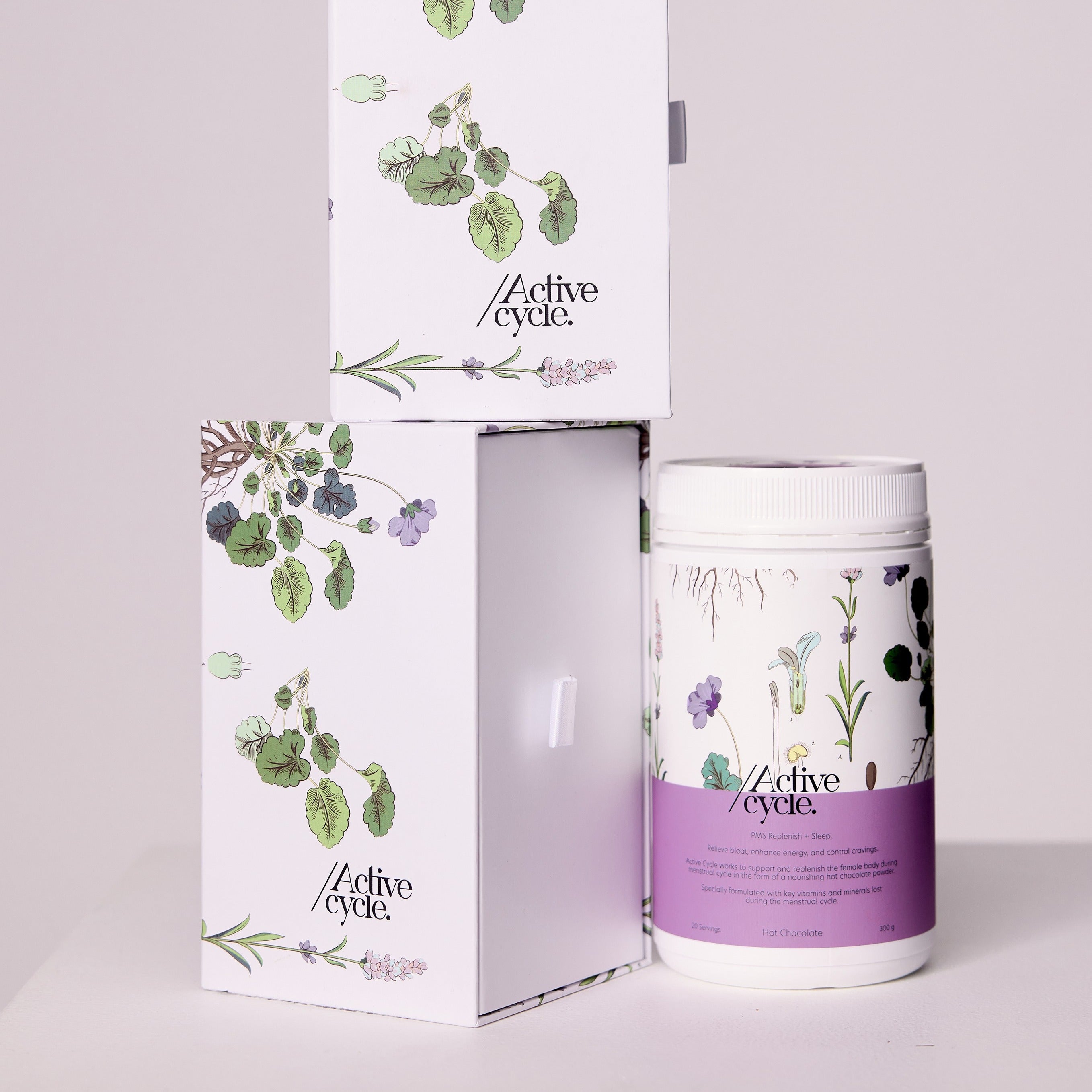When that time of the month rolls around cravings are high for all things sweet, tasty and comforting. And whilst it’s okay to lean into these cravings occasionally, there are much more nutrient dense options that will support your body during menstruation.
Obviously during your period you’re losing blood which accompanies a loss of nutrients as well. Getting cycle aware about the foods and nutrients necessary for a healthy bleed and setting you up for the following month can help combat symptoms of painful menstruation or PMS that are far too common.
Iron
A low intake of dietary iron alongside a high loss of iron such as during menstruation is subject to depleted iron stores and could lead to iron deficiency. This is a common occurrence within the female population where iron deficiency (ID) is one of the most dominant nutrient deficiencies at 60-88% of the global population.
Iron is a major factor of our blood and is found in both animal and plant foods, however not all iron is created equal. Heme iron, found in meat, is more readily absorbable than nonheme iron found in plants. Nonheme sources are absorbed according to factors affecting either the enhancement or inhibition of absorption in the small intestine. Consumption of heme iron sources and vitamin c rich foods in conjunction with nonheme iron sources can increase intestinal absorption.
Nonheme sources: spinach, legumes – lentils, chickpeas, beans -, seeds, nuts, quinoa, brown rice.
Heme sources: red meat, fish, poultry.
Omega 3
Or otherwise known as eicosapentaenoic acid (EPA) has shown strong associations with suppressing oxidative stress and inflammation. This is particularly important in regard to the menstrual phase and easing dysmenorrhea – painful periods.
EPA is abundant in fatty fish like salmon, tuna and mackerel, although can also be found in plant sources such as chia, flax and hemp seeds, and walnuts. A study on the influence of EPA-rich fish oil supplementation in female athletes over two menstrual cycles showed positive outcomes in anti-inflammatory effects during the menstrual phase. Goodbye pain, hello more baked salmon dinners!
Magnesium
Magnesium is one of the most abundant elements in the body, however is sometimes forgotten about when it comes to prioritizing nutrients. Concerning the menstrual phase, magnesium plays a key role in relaxing neuromuscular stimulation – combatting cramps. Magnesium is also present in blood cells and women suffering from PMS have been found to have lower blood magnesium levels than those not suffering from PMS.
Foods rich in magnesium include dark chocolate (hallelujah), wholegrains, dark leafy green vegetables, pumpkin seeds, chia seeds and legumes. So lean into that 80% dark chocolate when you’re craving something sweet!
Hydration
Being properly hydrated can do wonders for a variety of physiological processes. Research has found that menstrual pain and discomfort can be reduced by simply drinking enough water. This is due to the hormones secreted by the kidneys during times of dehydration having an effect on uterine contraction and pain.
Drink enough water. Sounds easy right? Though not everyone finds it easy to drink enough water. Instead, there are many ways you can eat your water through hydrating fruit and vegetables. Think cucumbers, watermelon, juicy stone fruits, tomatoes and zucchini.
Keep your eyes out for Active Collagen’s newest product Active Cycle which contains magnesium and iron in a tasty, nutrient dense hot chocolate powder ready to grab when you need a little extra nourishment (and comfort) during your period.
Moschonis, G., Papandreou, D., Mavrogianni, C., Giannopoulou, A., Damianidi, L., Malindretos, P., Lionis, C., Chrousos, G. P., & Manios, Y. (2013). Association of iron depletion with menstruation and dietary intake indices in pubertal girls: the healthy growth study. BioMed research international, 2013, 423263. https://doi.org/10.1155/2013/423263
Mano, Y., Kato, A., Fukuda, N., Yamada, K., & Yanagimoto, K. (2022). Influence of Ingestion of Eicosapentaenoic Acid-Rich Fish Oil on Oxidative Stress at the Menstrual Phase: A Randomized, Double-Blind, Placebo-Controlled, Parallel-Group Trial. Women's health reports (New Rochelle, N.Y.), 3(1), 643–651. https://doi.org/10.1089/whr.2022.0003
Fathizadeh, N., Ebrahimi, E., Valiani, M., Tavakoli, N., & Yar, M. H. (2010). Evaluating the effect of magnesium and magnesium plus vitamin B6 supplement on the severity of premenstrual syndrome. Iranian journal of nursing and midwifery research, 15(Suppl 1), 401–405.
Fiorentini, D., Cappadone, C., Farruggia, G., & Prata, C. (2021). Magnesium: Biochemistry, Nutrition, Detection, and Social Impact of Diseases Linked to Its Deficiency. Nutrients, 13(4), 1136. https://doi.org/10.3390/nu13041136
Torkan, B., Mousavi, M., Dehghani, S., Hajipour, L., Sadeghi, N., Ziaei Rad, M., & Montazeri, A. (2021). The role of water intake in the severity of pain and menstrual distress among females suffering from primary dysmenorrhea: a semi-experimental study. BMC women's health, 21(1), 40. https://doi.org/10.1186/s12905-021-01184-w




